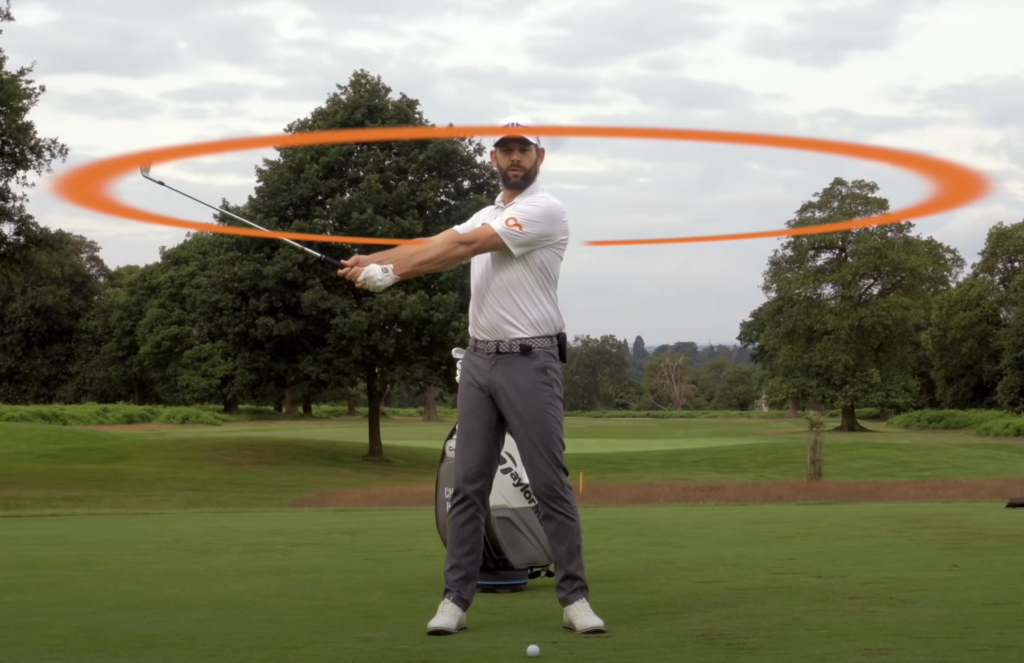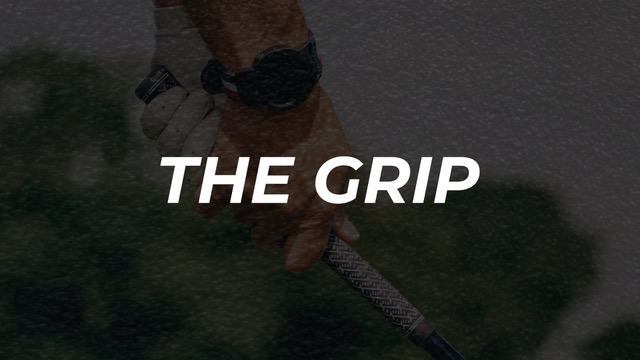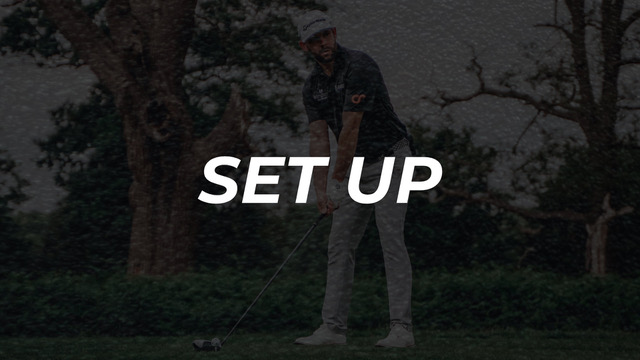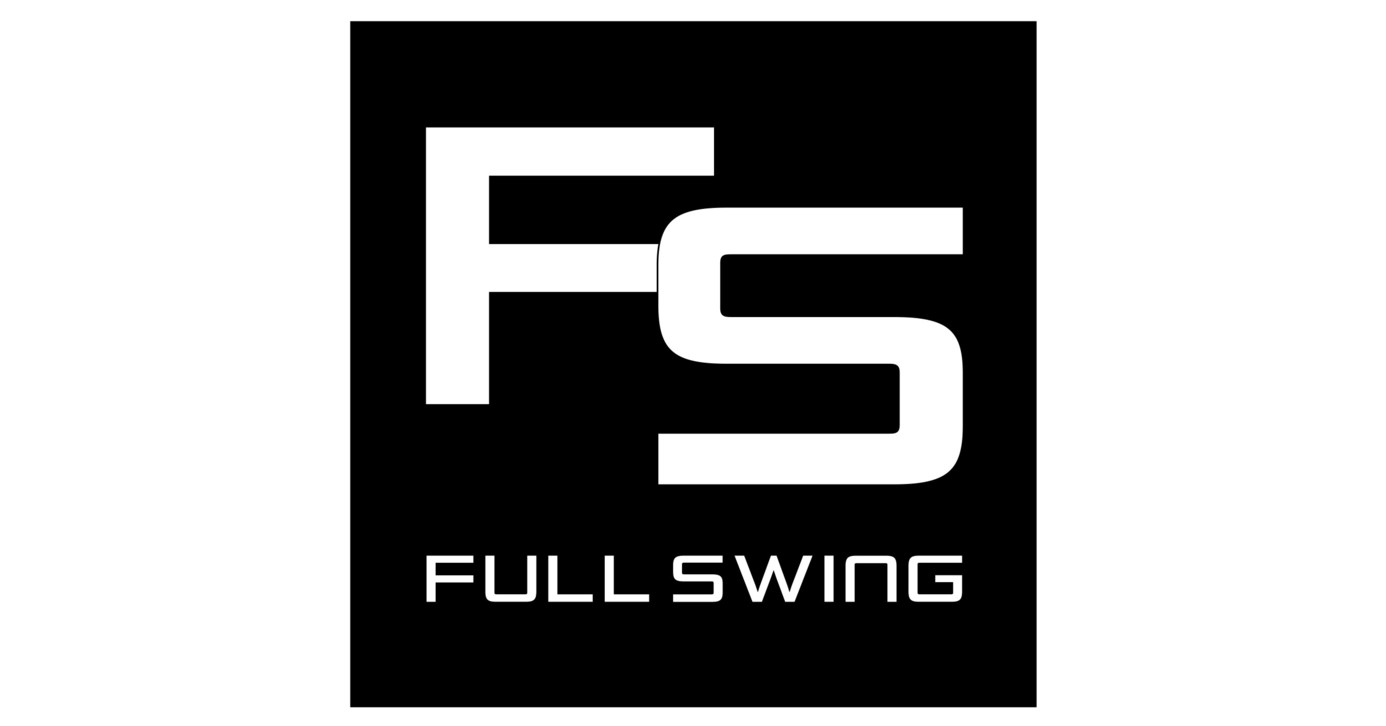A well-executed golf backswing simplifies and makes the downswing more repeatable, whereas poor backswings require more skill and compensation, ultimately making the game harder.
Since the body is the hub of the swing, it’s important to focus on the movement of the body during the golf backswing. The shoulders, hips, and knees should all rotate on an angle due to the player’s set up and the ball being on the ground. A difference between amateurs and pros is that amateurs often turn with their bodies too level, while pros are tilted over the ball with more angle through the shoulders, hips, and knees. Join one of our online courses and achieve your golfing goals.
Golf Backswing Drills
Spending time on your golf backswing drills will reap its rewards. To generate the correct swing length and power, both the upper and lower body should rotate, and the lead leg should move inwards to point at the golf ball, allowing the hips to turn freely and the upper body to rotate so that the lead shoulder moves in behind the golf ball. Finally, it’s crucial to shift pressure to the trail leg early in the backswing to energise the swing and create force, which can later be used to create speed in the club head. When analysing backswing, these three areas of rotation, angle, and pressure shift are the initial focus.

What are some common mistakes golfers make during the backswing?
There are numerous faults that can occur as a golfer swings the club back, but two of the more common ones are excessive swaying off the ball and over-rotation of the club face, which will subsequently necessitate corrections during the downswing.
If you need help with your golf backswing drills, get in touch with us here at Chris Ryan Golf for your online coaching solutions.










